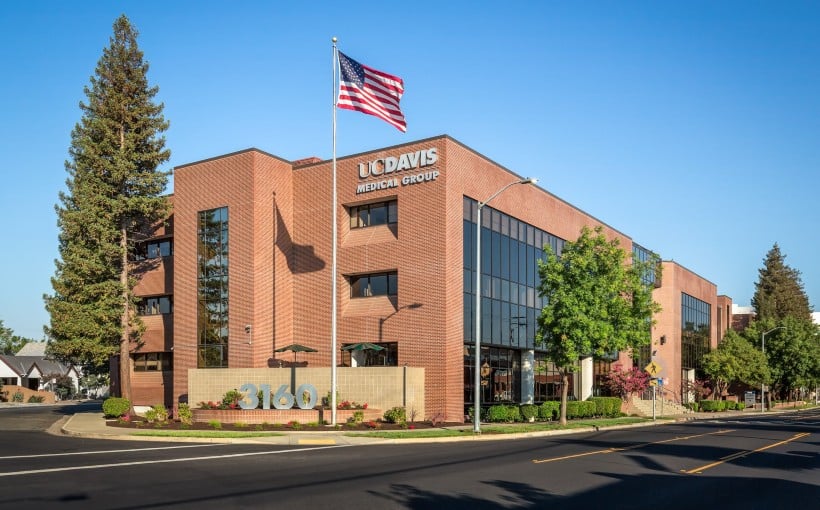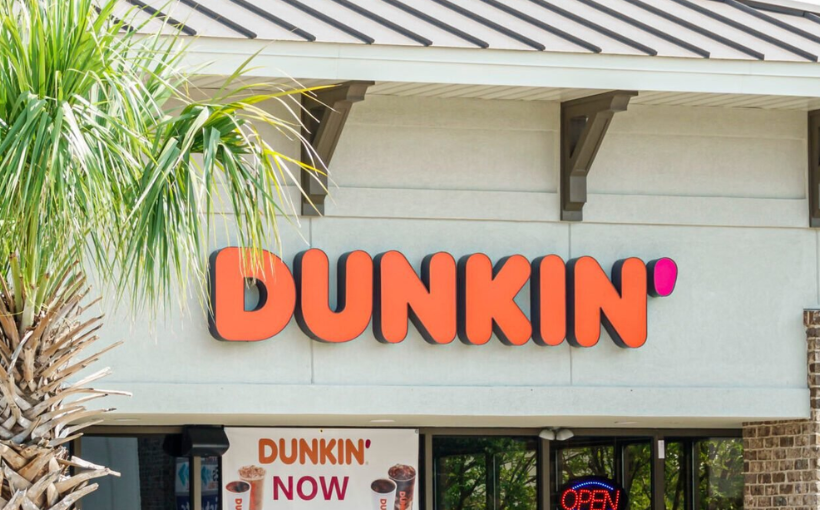The outpatient real estate industry is a thriving and diverse sector. It encompasses various types of properties, such as Medical Office Buildings (MOBs) or Medical Outpatient Buildings (also known as MOBs). Across the continental United States, there are over 1.6 billion square feet dedicated to MOB space.
This sector has benefited from long-term trends, including an aging population that requires more frequent medical visits and advancements in technology that allow for more procedures to be performed in outpatient settings instead of hospitals. These factors have created a steady demand for MOB space and maintained a healthy balance between supply and demand.
However, the COVID-19 pandemic brought about significant changes to this paradigm. The initial shutdowns resulted in many physician offices closing temporarily, causing an 11.1% decline in physician office employment from February 2020 to April 2020 (source: BLS/St Louis Fed). While there was some impact on the MOB sector during this time, it was not as severe compared to other industries and quickly recovered.
Despite these challenges during the pandemic, real estate fundamentals remained stable with occupancy rates hovering around 91-92%. However, construction activity slowed down due to supply shortages of materials like lumber and steel which drove up costs.
Since mid-2021 though,the outlook for the MOB sector has improved significantly once again.Physician office employment grew at a faster rate than before the pandemic,resultingin increased demand for new space withinMOBs.In fact,the average absorption rate across top100 metros since mid-2021has been4.4 million square feet per quartercomparedto3 .4million SF per quarter prior tomid -2025.Ontheotherhand,newconstructionactivityhasdecreasedsignificantlyfromanaverageof4 .3millionSFperquartertopre-mid -2




